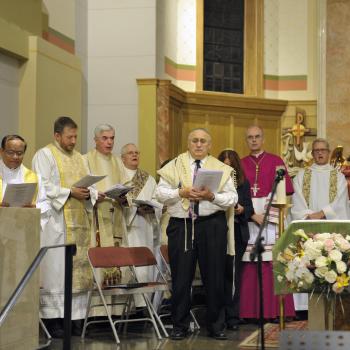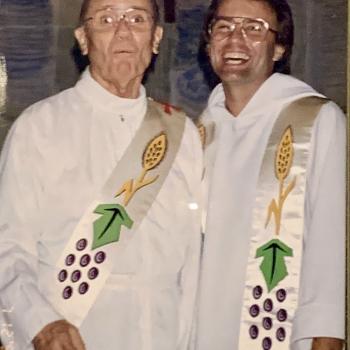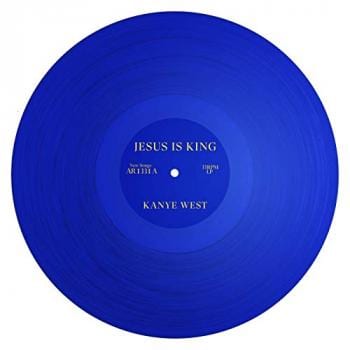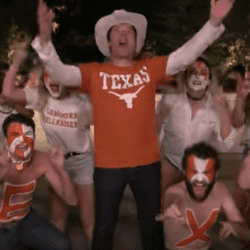CNN has this glimpse at a curious strain of religion in Latin America, blending elements of Catholicism and magic.
The notion of “Catholic gods” is bizarre and false, and some of this is just not Catholic at all, dwelling in a limbo between the sacred and the superstitious. But it’s an interesting phenomenon many may not know about:
On the vast plains of the Altiplano plateau in South America live people who believe in magic.
Many of the Aymara — an ancient, indigenous race found in Bolivia, Peru and Chile — suppose that on Tuesdays and Fridays, ordinary people become vulnerable to harmful spirits and the evil eye.
That’s why on those days they stay awake and on their guard until dawn. And that is why they get together and smoke.
“When you exhale the smoke, you send back the evil spells to the sender,” says Raphaël Verona, a Swiss photographer who has just released a new book of photographs of traditional Aymara communities.
“You must also constantly pay homage to the spirits. There is a great variety of different spirits, such as the earth mother Pachamama, Supay, the god of the underworld, and the Virgin Mary.”
Earth Mother; God of the Underworld; and the Virgin Mary. From the point of view of the Aymara, there isn’t an odd one out.
Catholicism first arrived in the region with the Spanish colonialists in the 16th Century. The early missionaries tried to encourage indigenous people to accept the Catholic God by reinterpreting their own spirits: Pachamama, they said, was Mary, and Supai was the devil.
But the match was largely erroneous. Unlike the Catholic gods, the indigenous spirits were not seen as wholly good nor wholly bad. They were believed to be capricious yet compassionate; though they could cause calamities when slighted, they could be powerful allies when appeased.
Moreover, from the point of view of the Aymara, the terrifying appearance of spirits like Supai, who is depicted with horns and a scarlet face, did not simply signify evil. Rather, it was a reflection of power, which could be used for good or ill.
Because of these irreconcilable cultural differences (which the missionaries had failed to appreciate), Catholic gods were simply added into the Aymara pantheon. Christian rituals became blended with traditional beliefs, adding another dimension to this colorful, hybrid faith.
Elaborate traditional ceremonies such as Tinku and the Oruo carnival, which involve costumes, dancing and singing, are still practiced as they have been since time immemorial. But Catholic saints are included alongside the local deities.











